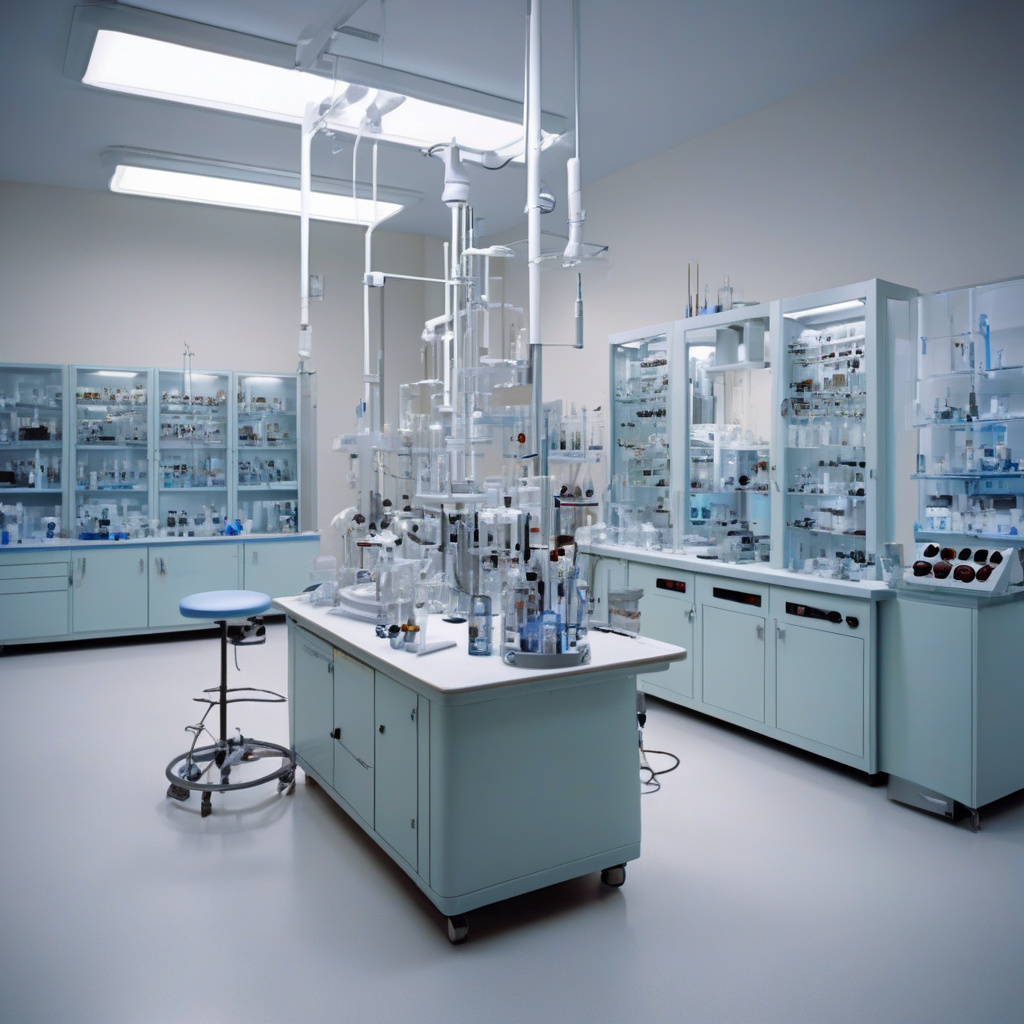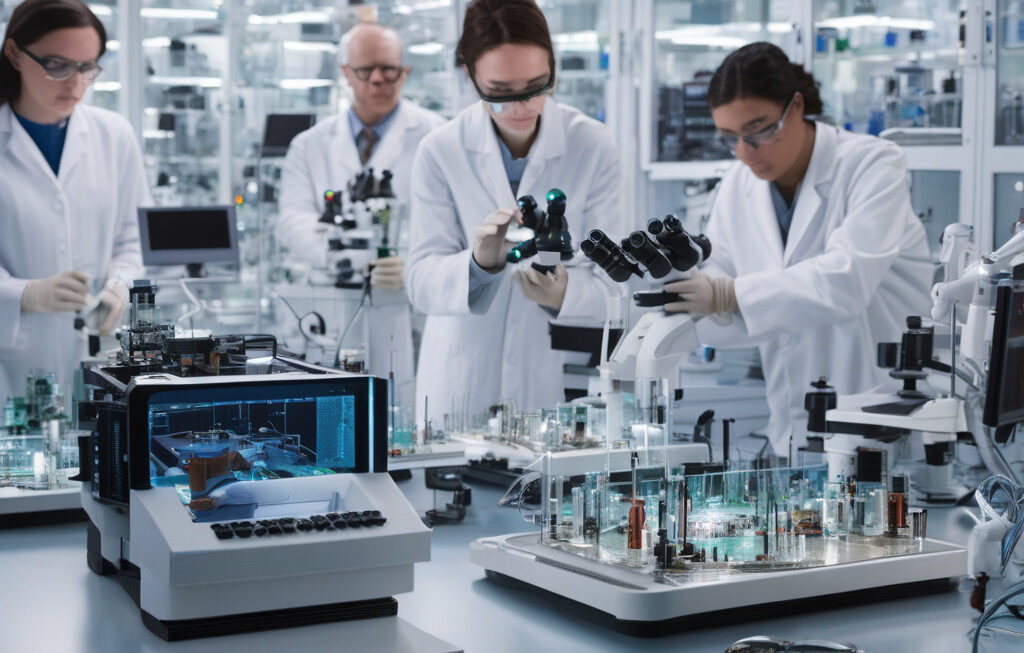Self-healing electrodes promise cheaper green hydrogen from electrolysis
Researchers at the Seoul National University College of Engineering have developed a new electrode for electrolysis that could revolutionize the production of green hydrogen. This breakthrough innovation addresses a critical challenge in the field of sustainable energy by significantly reducing the cost of hydrogen production through water splitting.
Electrolysis is a key process in the production of hydrogen, which is widely recognized as a clean and sustainable alternative to fossil fuels. However, traditional electrolysis methods often rely on expensive catalysts such as platinum, limiting the widespread adoption of this technology. The new self-healing electrode developed by the research team at Seoul National University offers a more cost-effective and efficient solution to this problem.
The electrode is made from a unique composite material that exhibits self-healing properties, allowing it to repair any damage that occurs during the electrolysis process. This self-healing capability not only extends the lifespan of the electrode but also improves its overall performance, leading to higher energy efficiency and lower production costs.
One of the key advantages of this technology is its scalability and compatibility with existing electrolysis systems. By simply replacing the conventional electrodes with the self-healing ones, industries can upgrade their infrastructure to produce green hydrogen more efficiently and sustainably. This seamless integration makes it easier for businesses to transition towards a greener energy model without requiring significant investments in new equipment.
Moreover, the self-healing electrodes offer long-term stability and durability, reducing maintenance costs and downtime associated with electrode replacement. This not only improves the economic viability of hydrogen production but also enhances the overall reliability of electrolysis systems, making them more attractive for commercial applications.
In addition to cost savings, the use of self-healing electrodes has significant environmental benefits. By enabling the large-scale production of green hydrogen at a lower cost, this technology helps reduce carbon emissions and dependence on fossil fuels. As the demand for clean energy solutions continues to rise, innovations like the self-healing electrode play a crucial role in accelerating the global transition towards a more sustainable future.
The research team at Seoul National University is now working to further optimize the performance of the self-healing electrode and explore its potential applications in other fields, such as fuel cells and electrochemical sensors. Their pioneering work highlights the importance of continuous innovation in driving progress towards a more sustainable and carbon-neutral society.
Overall, the development of self-healing electrodes represents a significant advancement in the field of electrolysis and green hydrogen production. By offering a cost-effective, efficient, and environmentally friendly solution, this technology has the potential to reshape the energy landscape and pave the way for a cleaner, greener future.
green energy, sustainability, electrolysis, self-healing technology, Seoul National University












